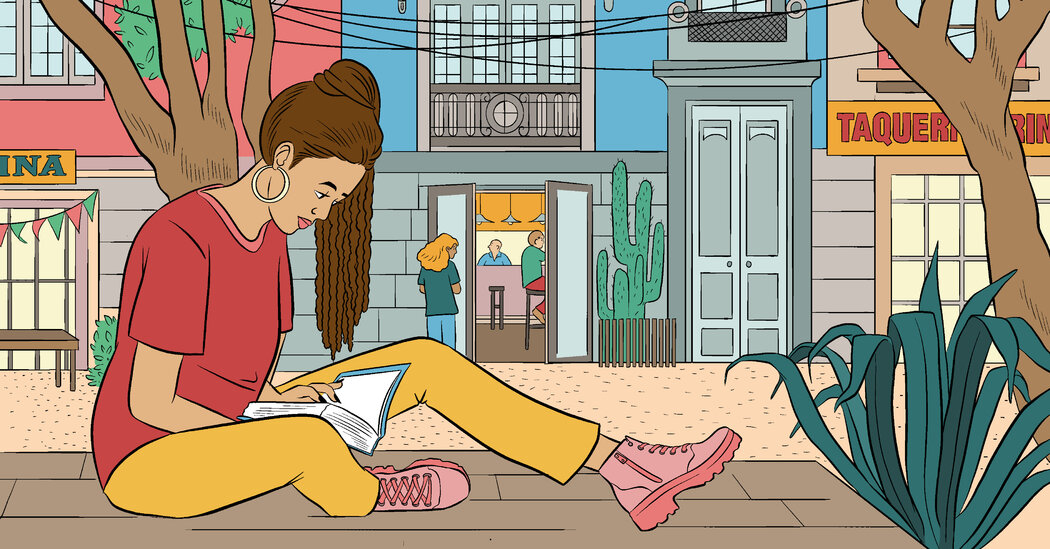Describing Mexico to the rhythm of a highway has always been a literary temptation. When former President Donald J. Trump declared that Mexicans were a threat to the United States, the American writer Paul Theroux — the dean of travel writing — decided to meet his alleged enemy. Having spent a lifetime boarding trains around the globe, Theroux crisscrossed Mexico by car until he reached the Zapatistas in Chiapas. The result, “On the Plain of Snakes,” is a brilliant travelogue.
What books capture current Mexico?
Fernanda Melchor’s “Hurricane Season” deals with the violence that has devastated Mexico, leaving us with a death toll akin to that of a civil war. According to Reporters Without Borders, Mexico is one of the most dangerous countries in the world in which to be a journalist. Melchor shows that the most terrible news can only be delivered in a novel.
Valeria Luiselli reconstructs the microcosm of a working-class neighborhood in “The Story of My Teeth.” Originally written to accompany an exhibit in an urban art gallery, the novel traces the map of a deteriorated suburb and reinvents it through its imaginary inhabitants.
In the second half of the 20th century, Carlos Monsiváis operated as a nonstop chronicler, a one-man press agency covering all the layers of reality. “Mexican Postcards” is a collection of his best work. One of his obsessions was trying to understand the irresistible magnetism of Mexico City; its pollution and danger do little to prevent people from being drawn to a place so full of energy. A Monsiváis aphorism sums up the passion of belonging to this urban labyrinth: “The worst nightmare is the one that excludes us.”
It was in that spirit that I wrote “Horizontal Vertigo: A City Called Mexico.” The product of 25 years of writing, the book attempts to recreate a city that, despite its apparent dehumanization, remains a cherished place in which to live. On the last page I write, “You belong to the place where you pick up the trash.” It’s easy to be proud of a city’s palaces and glories: The true test of belonging is being willing to deal with its waste.
It is no accident that the truest face of a chilango — an inhabitant of Mexico City — appears in the wake of disaster. After the earthquakes of 1985 and 2017, Mexico City residents became a rescue team, proving that the rubble and ruins were ours. In “Nothing, Nobody,” Elena Poniatowska collects the testimonies of those who lived through the…
Click Here to Read the Full Original Article at NYT > Travel…
